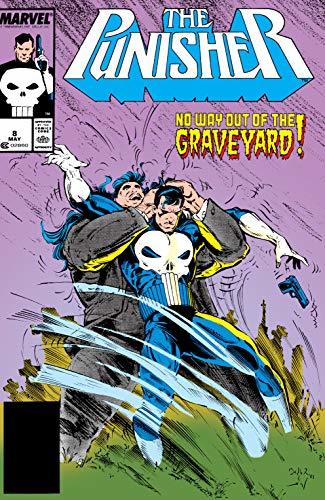


Books in series

The Punisher (1987-1995) #8
2018

Daredevil Epic Collection, Vol. 13
A Touch of Typhoid
2016

The Punisher (1987-1995) #10
2016
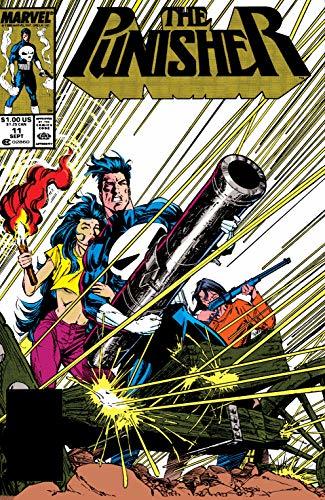
The Punisher (1987-1995) #11
1990
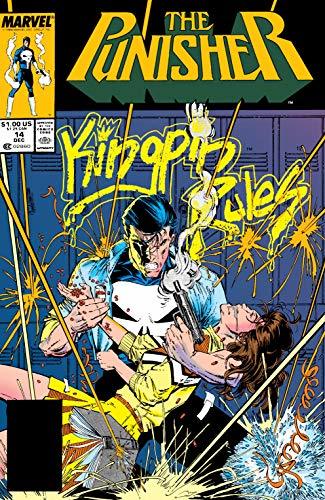
The Punisher (1987-1995) #14
2019
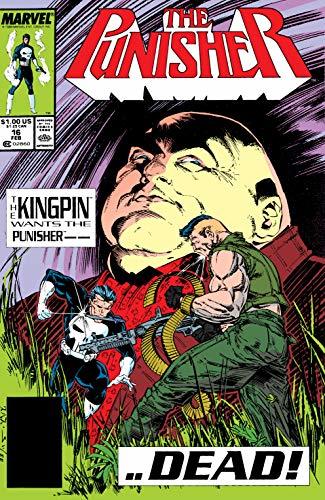
The Punisher (1987-1995) #16
1988
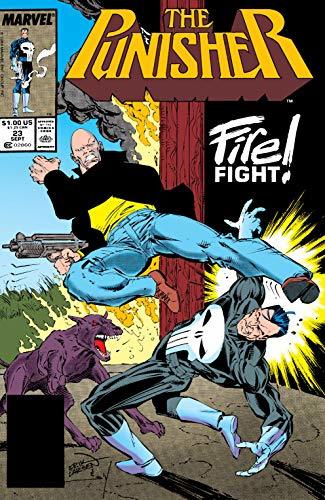
The Punisher (1987-1995) #23
1989
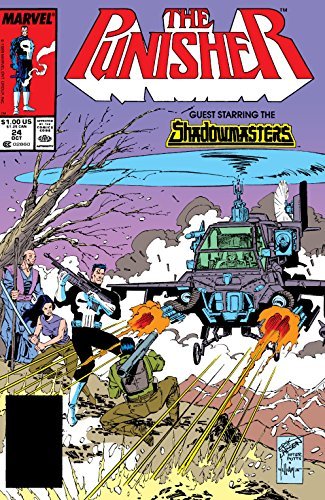
The Punisher (1987-1995) #24
2018
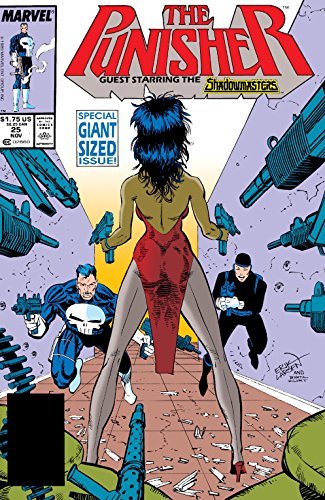
The Punisher (1987-1995) #25
2018

The Punisher (1987-1995) #29
1990
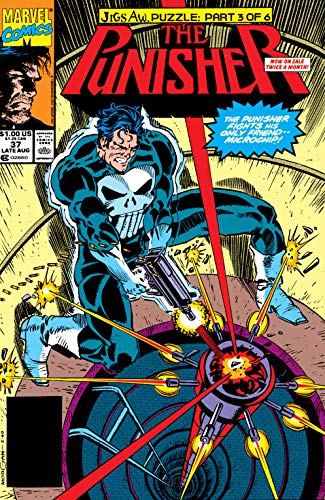
The Punisher (1987-1995) #37
1990
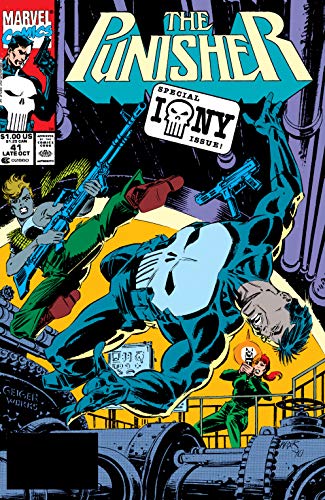
The Punisher (1987-1995) #41
1990
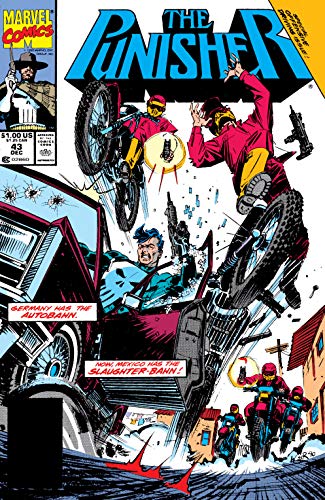
The Punisher (1987-1995) #43
2020

The Punisher (1987-1995) #44
1991
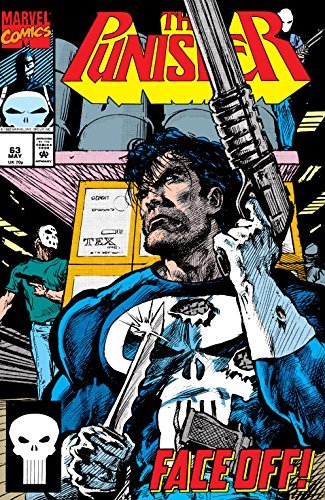
The Punisher (1987-1995) #63
2017
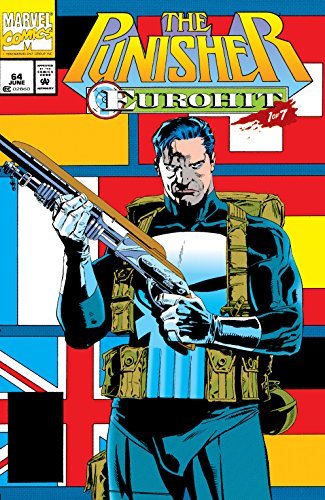
The Punisher (1987-1995) #64
2016
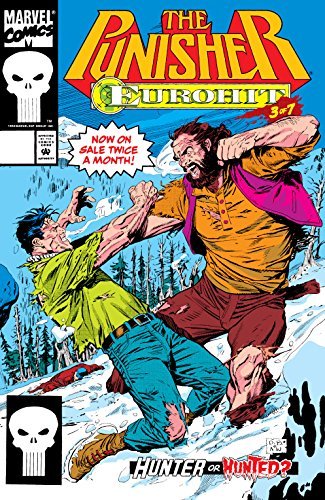
The Punisher (1987-1995) #66
2017
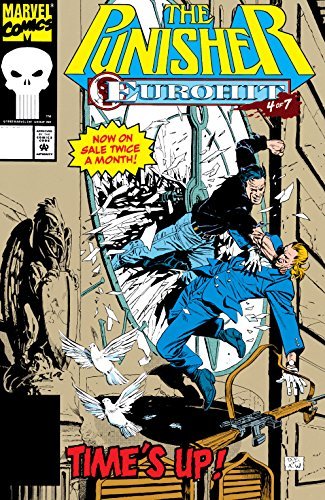
The Punisher (1987-1995) #67
2017
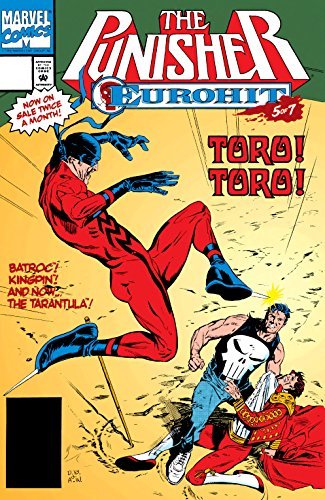
The Punisher (1987-1995) #68
2017
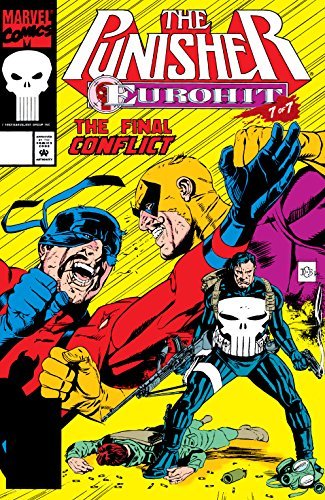
The Punisher (1987-1995) #70
2017
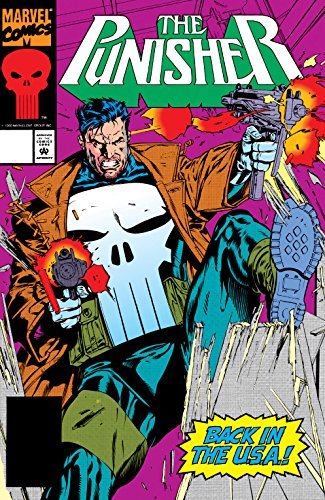
The Punisher (1987-1995) #71
2017
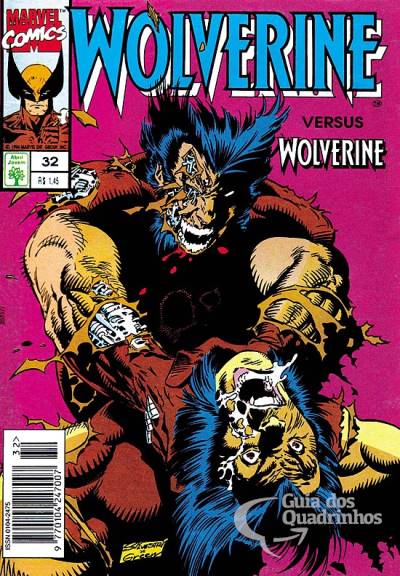
Wolverine n° 32
1994
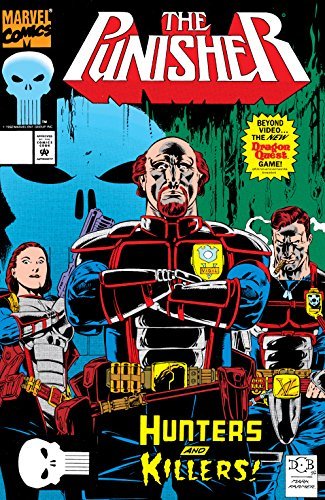
The Punisher (1987-1995) #73
1992
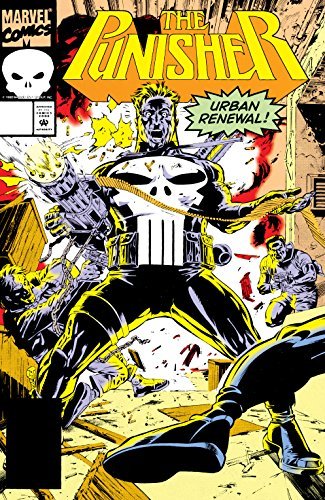
The Punisher (1987-1995) #74
2017
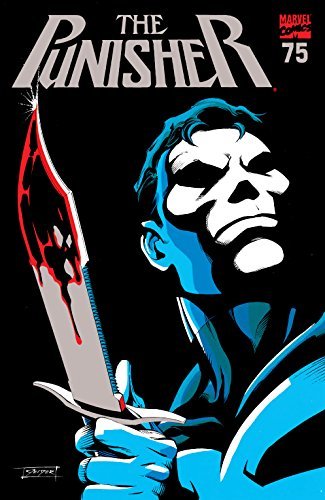
The Punisher (1987-1995) #75
2017
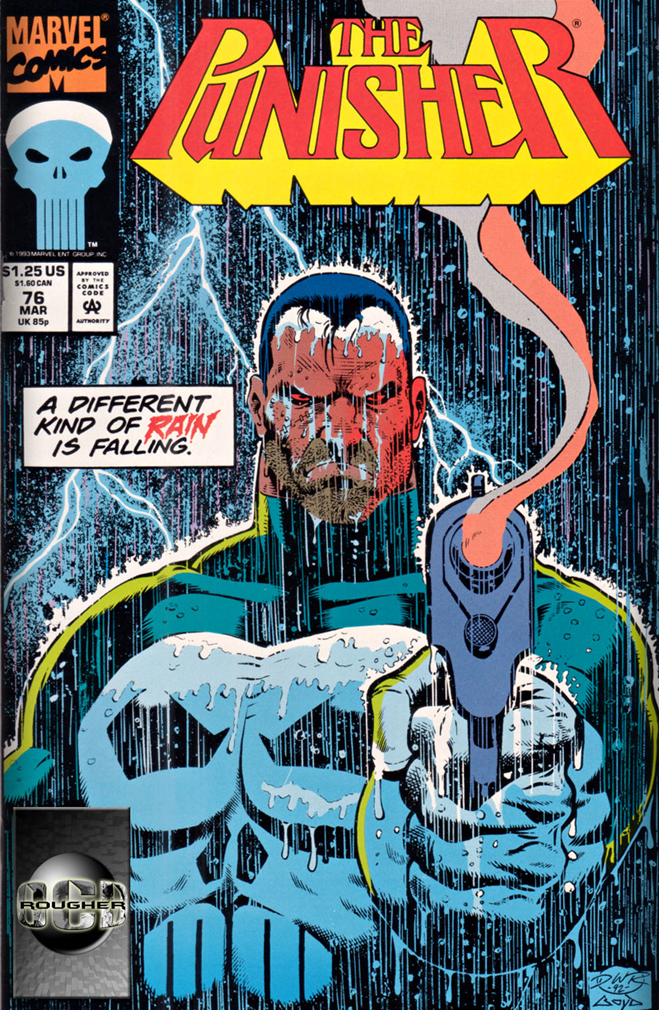
The Punisher (1987-1995) #76
1993
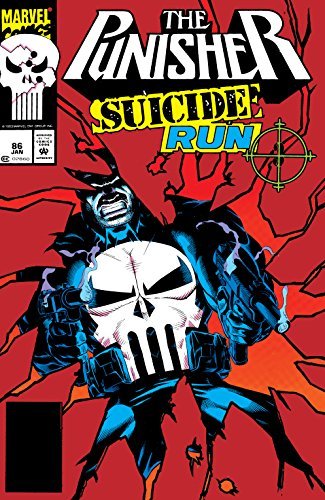
The Punisher (1987-1995) #86
2017
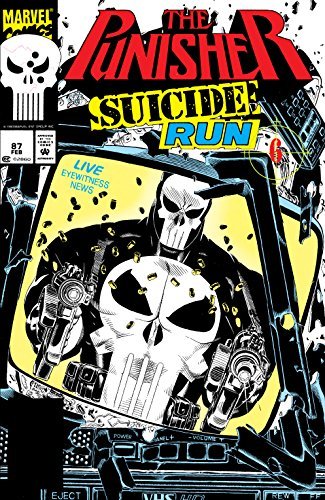
The Punisher (1987-1995) #87
2017
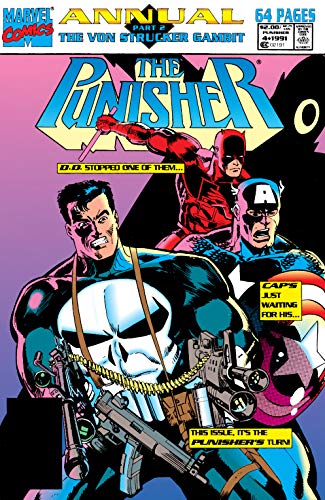
The Punisher (1987-1995) Annual #4
2020
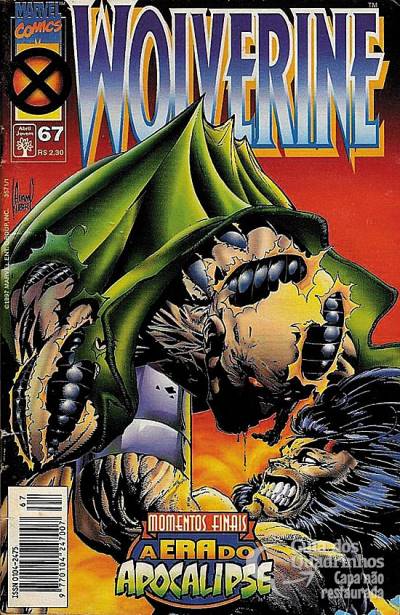
Wolverine n° 67
1997
Authors







Larry Hama is an American writer, artist, actor and musician who has worked in the fields of entertainment and publishing since the 1960s. During the 1970s, he was seen in minor roles on the TV shows M*A*S*H and Saturday Night Live, and appeared on Broadway in two roles in the original 1976 production of Stephen Sondheim's Pacific Overtures. He is best known to American comic book readers as a writer and editor for Marvel Comics, where he wrote the licensed comic book series G.I. Joe, A Real American Hero, based on the Hasbro action figures. He has also written for the series Wolverine, Nth Man: the Ultimate Ninja, and Elektra. He created the character Bucky O'Hare, which was developed into a comic book, a toy line and television cartoon.
Dan Green is an American comic book artist, best known for his inking work. He began his career in 1972 working for DC Comics on the title Tarzan. Later on, he worked in titles like House of Mystery, Star-Spangled War Stories, Weird Worlds, G.I. Combat, Detective Comics and many more. He was also hired by Marvel Comics to work on titles like Avengers, Captain Marvel, Jungle Action, Wolverine, X-Men and more. Most recently he has been working for both Marvel and DC on titles like Angela: Asgard's Assassin, Savage Wolverine, Deadpool, The New 52: Future's End, Convergence: Batgirl and Convergence: Batman: Shadow of the Bat.

James "Jimmy" Palmiotti is an American writer and inker of comic books, who also does writing for games, television and film. Photo by Luigi Novi.

Charles "Chuck" Dixon is an American comic book writer, perhaps best-known for long runs on Batman titles in the 1990s. His earliest comics work was writing Evangeline first for Comico Comics in 1984 (then later for First Comics, who published the on-going series), on which he worked with his then-wife, the artist Judith Hunt. His big break came one year later, when editor Larry Hama hired him to write back-up stories for Marvel Comics' The Savage Sword of Conan. In 1986, he began working for Eclipse Comics, writing Airboy with artist Tim Truman. Continuing to write for both Marvel and (mainly) Eclipse on these titles, as well as launching Strike! with artist Tom Lyle in August 1987 and Valkyrie with artist Paul Gulacy in October 1987, he began work on Carl Potts' Alien Legion series for Marvel's Epic Comics imprint, under editor Archie Goodwin. He also produced a three-issue adaptation of J. R. R. Tolkien's The Hobbit for Eclipse with artist David Wenzel between 1989 and 1990, and began writing Marc Spector: Moon Knight in June 1989. His Punisher OGN Kingdom Gone (August, 1990) led to him working on the monthly The Punisher War Journal (and later, more monthly and occasional Punisher titles), and also brought him to the attention of DC Comics editor Denny O'Neil, who asked him to produce a Robin mini-series. The mini proved popular enough to spawn two sequels - The Joker's Wild (1991) and Cry of the Huntress (1992) - which led to both an ongoing monthly series (which Dixon wrote for 100 issues before leaving to work with CrossGen Comics), and to Dixon working on Detective Comics from #644-738 through the major Batman stories KnightFall & KnightsEnd (for which he helped create the key character of Bane), DC One Million, Contagion, Legacy, Cataclysm and No Man's Land . Much of his run was illustrated by Graham Nolan. He was DC's most prolific Batman-writer in the mid-1990s (rivalled perhaps in history by Bill Finger and Dennis O'Neil) - in addition to writing Detective Comics he pioneered the individual series for Robin, Nightwing (which he wrote for 70 issues, and returned to briefly with 2005's #101) and Batgirl, as well as creating the team and book Birds of Prey . While writing multiple Punisher and Batman comics (and October 1994's Punisher/Batman crossover), he also found time to launch Team 7 for Jim Lee's WildStorm/Image and Prophet for Rob Liefeld's Extreme Studios. He also wrote many issues of Catwoman and Green Arrow, regularly having about seven titles out each and every month between the years 1993 and 1998. In March, 2002, Dixon turned his attention to CrossGen's output, salthough he co-wrote with Scott Beatty the origin of Barbara Gordon's Batgirl in 2003's Batgirl: Year One. For CrossGen he took over some of the comics of the out-going Mark Waid, taking over Sigil from #21, and Crux with #13. He launched Way of the Rat in June 2002, Brath (March '03), The Silken Ghost (June '03) and the pirate comic El Cazador (Oct '03), as well as editing Robert Rodi's non-Sigilverse The Crossovers. He also wrote the Ruse spin-off Archard's Agents one-shots in January and November '03 and April '04, the last released shortly before CrossGen's complete collapse forced the cancellation of all of its comics, before which Dixon wrote a single issue of Sojourn (May '04). Dixon's Way of the Rat #24, Brath #14 and El Cazador #6 were among the last comics released from the then-bankrupt publisher. On June 10, 2008, Dixon announced on his forum that he was no longer "employed by DC Comics in any capacity."


John Salvatore Romita, Jr. is an American comic book artist best known for his extensive work for Marvel Comics from the 1970s to the 2000s. He is often referred to as JRJR (the abbreviation of John Romita, Jr.) He is the son of comic book artist John Romita Sr.

Fabian Nicieza is a writer and editor who is best known as the co-creator of DEADPOOL and for his work on Marvel titles such as X-Men, X-Force, New Warriors, and Robin. His first novel, the Edgar Award-nominated SUBURBAN DICKS, a sarcastic murder mystery, is on sale now from Putnam Books. The Dicks will return in THE SELF-MADE WIDOW, coming June 21st.
George Caragonne (September 16, 1965 – July 20, 1995) was an American comic book writer and editor, most notable for being co-founder of Penthouse Comix magazine. He committed suicide on July 20, 1995. George Caragonne was born in San Antonio, Texas, the only male child born to Alexander Caragonne and Alice Caragonne. He has a sibling and a niece named Alice Caragonne, who was born February 4, 1994. George Caragonne's career in comics began when he sent an unsolicited submission to Marvel Comics in 1984. He eventually trained under the guidance of Editor-in-Chief Jim Shooter. Caragonne wrote primarily for Marvel Comics and their subsidiary Star Comics, throughout the latter half of the 1980s. Titles he wrote included Masters of the Universe, Planet Terry, and Star Brand. He also worked in the animation field. In 1988, after hearing that former Marvel editor-in-chief Jim Shooter was forming Valiant Comics, Caragonne drove from California to New York, and, unannounced, knocked on Shooter's door to offer his services. Caragonne agreed to do work for Valiant, all while holding a full-time job.[citation needed] After Valiant was established, Caragonne wrote such titles as Captain N, The Legend of Zelda, and Punch Out!!. After leaving Valiant, Caragonne wrote a few freelance stories for Marvel, including a short Silver Surfer story for a custom comic produced for Charleston Chew, and a short backup tale for a Fantastic Four Annual #25 (1992). Around this time Caragonne created a comics packaging studio called Constant Developments, Inc. (CDI). CDI optioned the rights to produce new comics featuring the 1960s superhero team T.H.U.N.D.E.R. Agents (from John Carbonaro, then the rights-holder). An acquaintance introduced Caragonne to Penthouse magazine publisher Bob Guccione, whom Caragonne tried to interest in publishing T.H.U.N.D.E.R. Agents. Guccione instead hired Caragonne to create soft-core erotica comic sections for Penthouse magazine. Caragonne was given an office inside Penthouse's headquarters. After several sections of comics had been produced for Penthouse, Guccione directed Caragonne to produce a stand-alone comics magazine for his company; the first issue of Penthouse Comix appeared in early 1994. With stories by Caragonne and illustrations by artists that included Adam Hughes, Garry Leach, Arthur Suydam, Milo Manara, Richard Corben, Bart Sears, and Gray Morrow, Penthouse Comix was an immediate international success, and spawned a full line that included the seven-issue Men's Adventure Comix and the three-issue Omni Comix, the latter a companion to the science magazine Omni, which was also published by Guccione. (A T.H.U.N.D.E.R. Agents story did eventually find publication in a Guccione publication, in the first issue of Omni Comix.) According to comics writer and columnist Mark Evanier, the success of his books with Penthouse led to excess on his part, in particular drugs. He became a heavy cocaine user, and also began spending on extravagant items for himself and friends. He also went significantly overbudget on his magazines and on some other, non-Penthouse projects. His working patterns changed to the point where he was working all night in the Penthouse offices, before going home in the day, which concerned his close friends, who tried to intervene with him. According to Evanier, his employers also came to suspect Caragonne of financial "improprieties", and on the night of Friday, July 14, 1995, he discovered that he had been locked out of his office pending a full audit on his books.

Chris Claremont is a writer of American comic books, best known for his 16-year (1975-1991) stint on Uncanny X-Men, during which the series became one of the comic book industry's most successful properties. Claremont has written many stories for other publishers including the Star Trek Debt of Honor graphic novel, his creator-owned Sovereign Seven for DC Comics and Aliens vs Predator for Dark Horse Comics. He also wrote a few issues of the series WildC.A.T.s (volume 1, issues #10-13) at Image Comics, which introduced his creator-owned character, Huntsman. Outside of comics, Claremont co-wrote the Chronicles of the Shadow War trilogy, Shadow Moon (1995), Shadow Dawn (1996), and Shadow Star (1999), with George Lucas. This trilogy continues the story of Elora Danan from the movie Willow. In the 1980s, he also wrote a science fiction trilogy about female starship pilot Nicole Shea, consisting of First Flight (1987), Grounded! (1991), and Sundowner (1994). Claremont was also a contributor to the Wild Cards anthology series.

